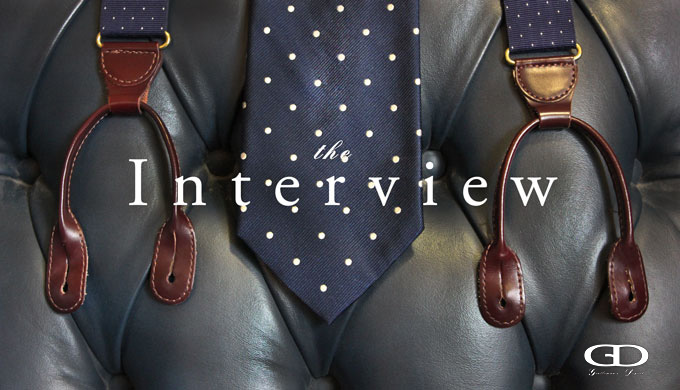
In an ambiguous world of mainstream business casual, people have become less careful about what’s work appropriate versus what’s fun or comfortable to wear. However confusing that makes the everyday dress routine, it is even more problematic when one prepares for the interview. Whether you are pursuing your MBA or landing the big job afterward, we have a few things to say here that will help you maintain business and timeless in your first professional impression.
The Gist
Above all, remember that an interview represents your “best” image. More appropriate than simply dressing up a level, the point is for you to dress as you would for your interviewer’s top client. If you want to be taken seriously for your “experience,” you don’t want to dress like a college coed or look like you are still wearing your first pair of khakis that have seen too many wash cycles (or, worse, not enough.) Conversely, if you are always dressed too high handed for the general population you work with, people might view you as unapproachable. In any case, dress for your audience. But dress well.
The Checklist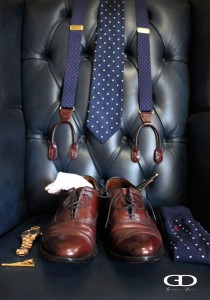
- Your suit should be dark, your shirt light, and your tie somewhere in between. Don’t do the solid burgundy with a gold tie look – even if you graduated from FSU.
- Visit a tailor. A $300 suit can look better than a $3K model if tailored appropriately.
- Always leave the bottom button of your suit or waistcoat (vest) open.
- Your belt should match your shoes. Though with any decent suit, a belt is certainly not necessary. If you haven’t already, begin getting used to braces (suspenders).
- Your tie knot should not be too big or small for the collar you’re wearing, and the length should place the end of the tie just covering your belt buckle (if wearing a belt)
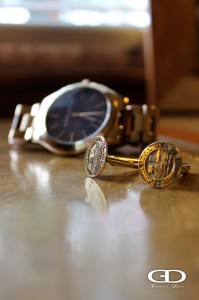 Accessories should complement you, like the rest of your wardrobe, while not screaming ‘bling.’ You want your interviewer looking at and listening to your face – not your watch. Even if it is a nice watch, don’t tell them you don’t actually need their job.
Accessories should complement you, like the rest of your wardrobe, while not screaming ‘bling.’ You want your interviewer looking at and listening to your face – not your watch. Even if it is a nice watch, don’t tell them you don’t actually need their job.- Pocket squares are good – but dangerous. In an interview, now is not the time to say you’re the life of the party. They are the life of your party, at least for the next hour or so. So try a nice, clean, white tri-fold (or “TV” fold) accent for this meeting.
- Professional shoes should be black or cordovan. The former is worn with black or charcoal wool, and the most professional. The latter is for navy or gray.
- Tie clips should be worn one hand-width above your waist. The chest-high, American fashion is more form and virtually no function.
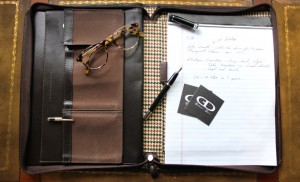 For better or worse, nothing labels you an interviewee like a leather portfolio. All the same, they are very useful. You don’t need to bring in the briefcase or satchel to have a few focused conversations on the job at hand…and the portfolio does the trick. Since you’ll want to be taking notes anyway, find a good look (Cutter & Buck on right makes a good product) that will show off your attention to detail.
For better or worse, nothing labels you an interviewee like a leather portfolio. All the same, they are very useful. You don’t need to bring in the briefcase or satchel to have a few focused conversations on the job at hand…and the portfolio does the trick. Since you’ll want to be taking notes anyway, find a good look (Cutter & Buck on right makes a good product) that will show off your attention to detail.- Get yourself a fountain pen. Then carry a backup in case your interviewer needs one also.
The Quality
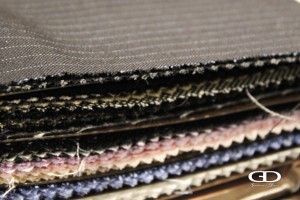 When you haven’t yet earned your first million, you can go a long way with two or three great-fitting, timeless (not trendy) suits that can handle all seasons and that can coordinate or be worn as separates. As we said above, spending $30-$100 on tailoring can make a $400 suit look bullet proof. At any rate, build more timeless pieces into your wardrobe as you can, and discard things that are looking dated. (Employ a friend to help you say goodbye to old tired favorites.) You don’t have to be a millionaire, but it might help to start looking like one.
When you haven’t yet earned your first million, you can go a long way with two or three great-fitting, timeless (not trendy) suits that can handle all seasons and that can coordinate or be worn as separates. As we said above, spending $30-$100 on tailoring can make a $400 suit look bullet proof. At any rate, build more timeless pieces into your wardrobe as you can, and discard things that are looking dated. (Employ a friend to help you say goodbye to old tired favorites.) You don’t have to be a millionaire, but it might help to start looking like one.
To build up a wardrobe, we recommend a skeleton collection of three suits. The first two pieces should always be the charcoal and the navy suits, just because they will give you the greatest versatility; navy and charcoal suits can be very formal, but can also be “dressed down” with the right accessories. A third suit will become necessary when suits become an everyday wardrobe. A lighter gray, a black, or a brown, can complete the set. To avoid significant wear, we recommend a one-to-two ratio of wear and rest for the suits. After a full day of wearing, a suit should be given the proper care and be left hanging on a good hanger for two days. (Terry Traner, on right, is a style consultant for J Hilburn who has helped many an MBA candidate dress for success)
Go for the last 10%
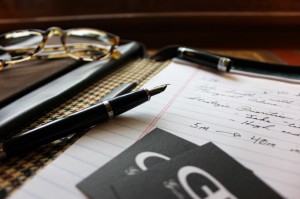 Sometimes, the smallest details can have the biggest impact. This is what we call going the last 10%. It is relatively easy for business professionals or job candidates to go and buy a nice looking suit. Attention to details, however, will truly differentiate you from the bulk of the masses. While that sounds simple, it is surprising how many candidates neglect the very last 10%. When shoes are not properly shined or fingernails not neatly cropped the impression made by an otherwise impeccable interview can be blemished significantly.
Sometimes, the smallest details can have the biggest impact. This is what we call going the last 10%. It is relatively easy for business professionals or job candidates to go and buy a nice looking suit. Attention to details, however, will truly differentiate you from the bulk of the masses. While that sounds simple, it is surprising how many candidates neglect the very last 10%. When shoes are not properly shined or fingernails not neatly cropped the impression made by an otherwise impeccable interview can be blemished significantly.
Good luck, and don’t forget to send a thank you note.
Next: Prep for your Presentation
The Authors
- Nicholas Hofer, MBA, and Kalen Stanton, MBA, Co-founders of Gentleman’s Digest. Find their bios here.
- Tami Fassinger, MBA, Chief Recruiting Officer at Vanderbilt’s Owen Graduate School of Management. Visit Tami’s blog here.

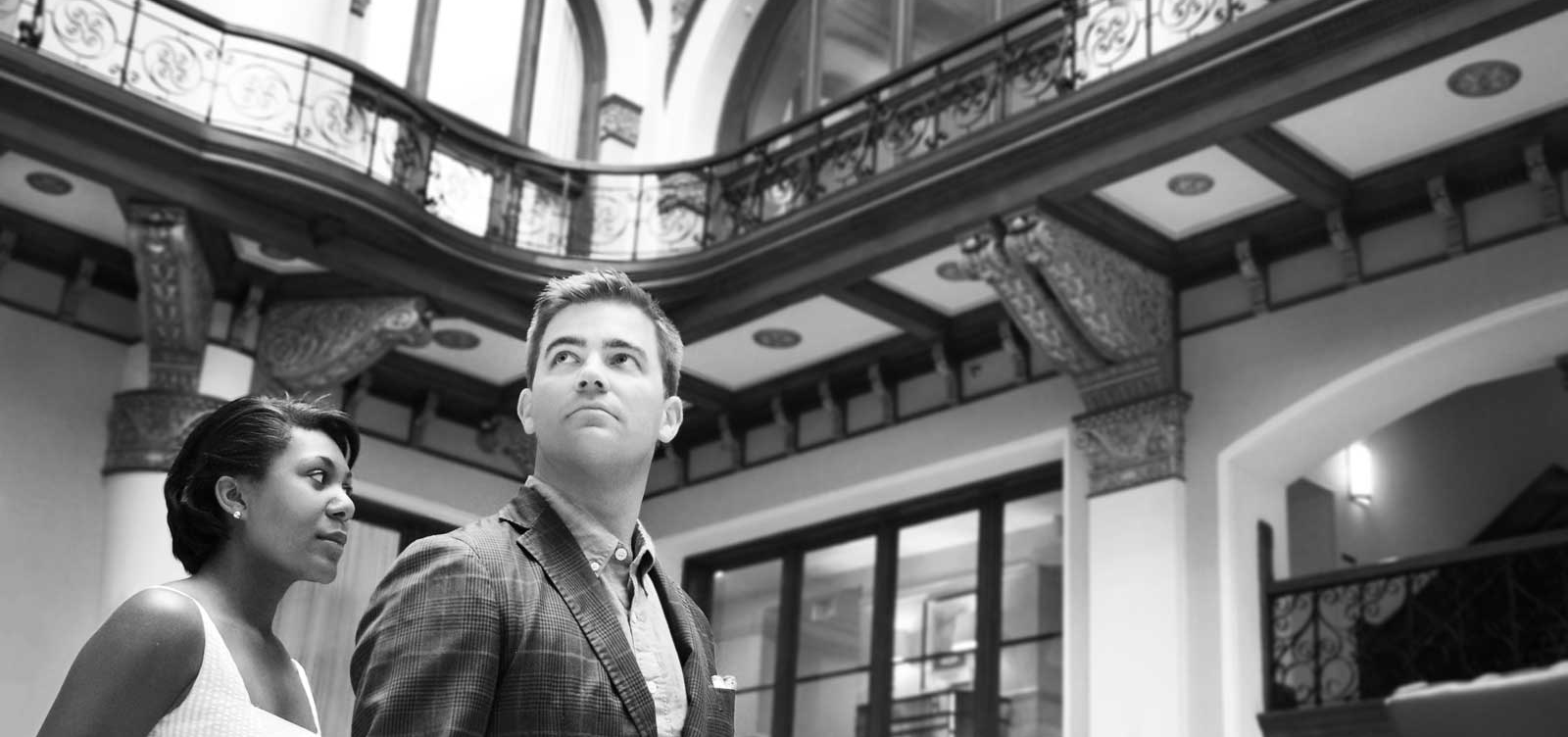




2 thoughts on “The Interview: Dressing the MBA”
Comments are closed.